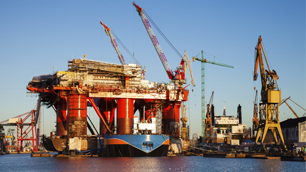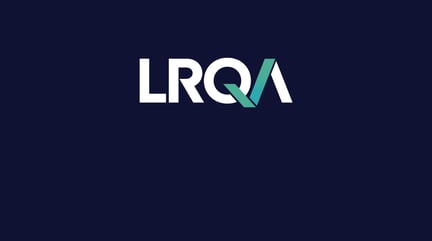Since 19 July 2015, EU nation states are required to have introduced national regulations to implement Directive 2013/30/EU on safety of offshore oil and gas operations.
 Since 19 July 2015, EU nation states are required to have introduced national regulations to implement Directive 2013/30/EU on safety of offshore oil and gas operations. The Directive was published as a result of the Deepwater Horizon accident in order to establish minimum standards for the prevention of major accidents in offshore oil and gas operations and for limiting the consequences of such accidents.
Since 19 July 2015, EU nation states are required to have introduced national regulations to implement Directive 2013/30/EU on safety of offshore oil and gas operations. The Directive was published as a result of the Deepwater Horizon accident in order to establish minimum standards for the prevention of major accidents in offshore oil and gas operations and for limiting the consequences of such accidents.
The Directive is a goal setting regime largely based on the UK Safety Case model, but even in the UK, operators will be required to modify existing arrangements. For many in the rest of the EU, the goal setting regime will be a brand new concept.
We asked Ian Thomas, specialist in HS&E, Quality Assurance, Risk Management and Compliance what are the key things we need to know following its launch.
What are the big ticket items following the Offshore Safety Directive?
Essentially, this will depend on the degree of alignment within each nation state. In EU countries where the goal setting approach is new, owners and operators will need to review the requirements specified by the Directive and national regulators will need to identify required documents and other mandatory requirements.
For operators, the big ticket items are:
- Corporate Major Accident Hazard Policy (CMAPP)
- Report on Major Hazards (Safety Case)
- Safety and environmental management system
- Verification scheme
- Well examination schemes
- Internal emergency response plan (IERP)
For operators that are already applying a goal setting approach, the main development introduced by the Directive is the closer integration of arrangements for the management of safety and environmental issues.
How will this integration between safety and environment affect the industry?
In the past, management systems for safety and environment have largely been treated as separate entities. The Offshore Directive promotes integration. With this change in emphasis, we expect to see a maturing of the approach to the management of environmental issues.
The requirement to include environmentally critical elements within the verification scheme is already promoting much debate and is already seen to be driving innovation. For example, environmental practitioners are now starting to apply techniques common to safety specialists such as Bow Tie studies to achieve a more systematic and objective method for the identification and management of the "environmental component" of Safety and Environmentally Critical Elements and Performance Standards.
On the flip side, offshore safety specialists are now benefiting from the wealth of experience and practices offered by onshore specialists and environmental practitioners used to working with definitions that have their origins in EU legislation such as SEVESO, and also broader pollution issues not covered within the scope of the Offshore Directive.
Broader environmental aspects and impacts not directly related to the EU Offshore Directive, but nevertheless critical to general environmental performance, and arguably "production critical", cover activities and systems such as produced water, flare, chemicals, energy efficiency, fuel bunkering, etc.
The timeline for implementing the Directive converges with the revision of ISO standards on quality, safety, and environment. Does this create an opportunity for the industry?
Unquestionably, the convergence of timetables for owners and operators to comply with the EU Directive 2013/30/EU and the introduction of revised ISO HSEQ management system standards represents a prime opportunity for the industry to review and align SEMS documentation and take maximum advantage of common management system elements covering:
- Quality management (ISO 9001:2015)
- Safety management (ISO 45000:2015)
- Environmental management (ISO 14001:2015)
- Asset integrity (ISO 55001:2015)
- Energy management (ISO50001:2015)
Leading that review will be those companies that have certified management systems and those that are obligated to comply with regulations that specify a management system as mandatory. An example of this is the mandatory requirement for operators in countries which are signatories to the OSPAR convention to implement environmental management systems that conform to the requirements of ISO 14001, as specified by OSPAR Recommendation 2003/5.
Arguments for convergence and streamlining of management system documentation are especially compelling in a time when the industry is looking to achieve cost savings, promote efficiencies and attain benchmark standards for safety and environmental protection in our industry.
Is the industry seeing a growing or changing need for resources?
The challenge for operators will be to provide resources with the right skill set, availability and experience required to address the requirements of the EU Directive. This may be somewhat more challenging, where the regulation is less mature and less well aligned with the Directive.
In either case, LRQA can provide support to help develop and implement compliance strategies for production and non production assets covering:
- Gap analysis
- Preparation of Major Hazard Report and SEMS procedures including interface documents
- Training and capacity building
- Communication with regulators
- Technical studies to support the Major Hazard Report and IERP
- Identification, assessment and management of Safety and Environmentally Critical Elements




